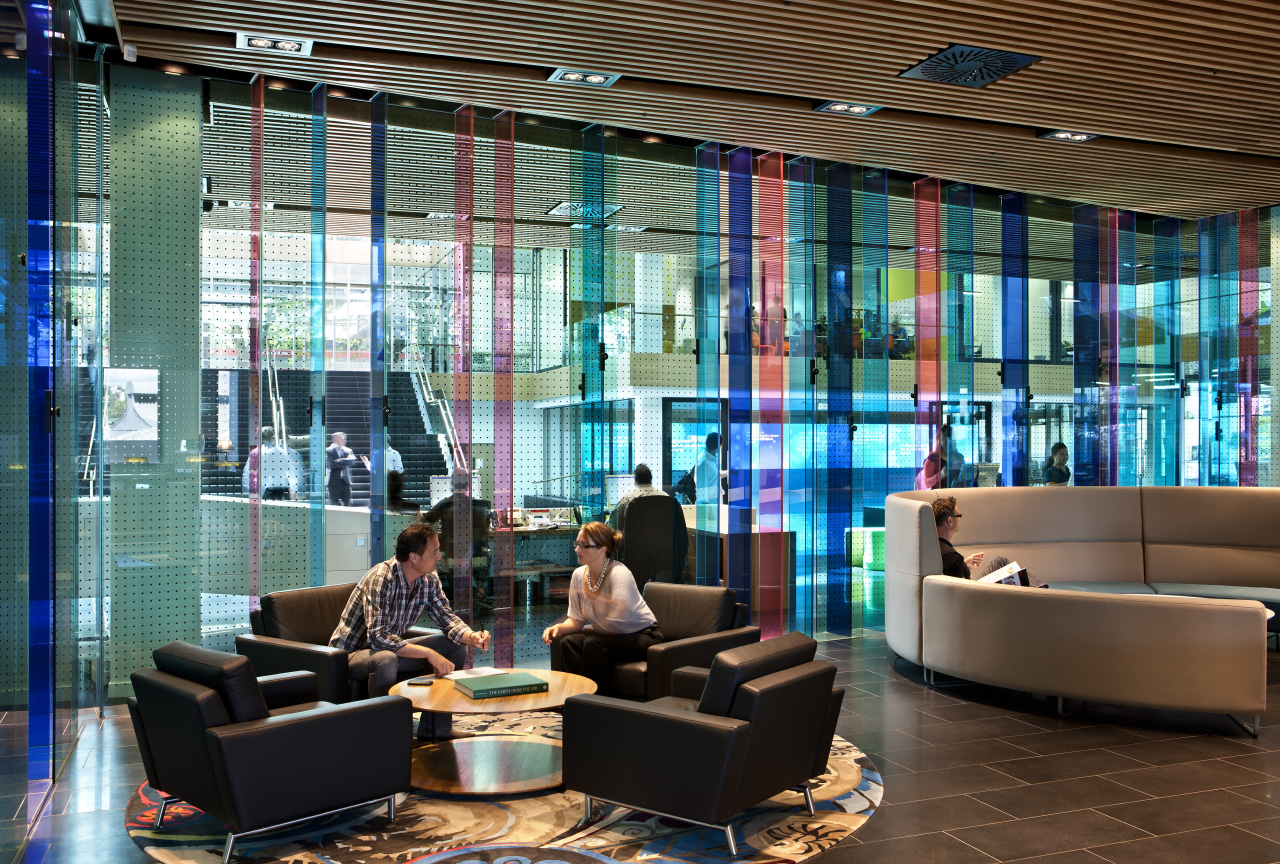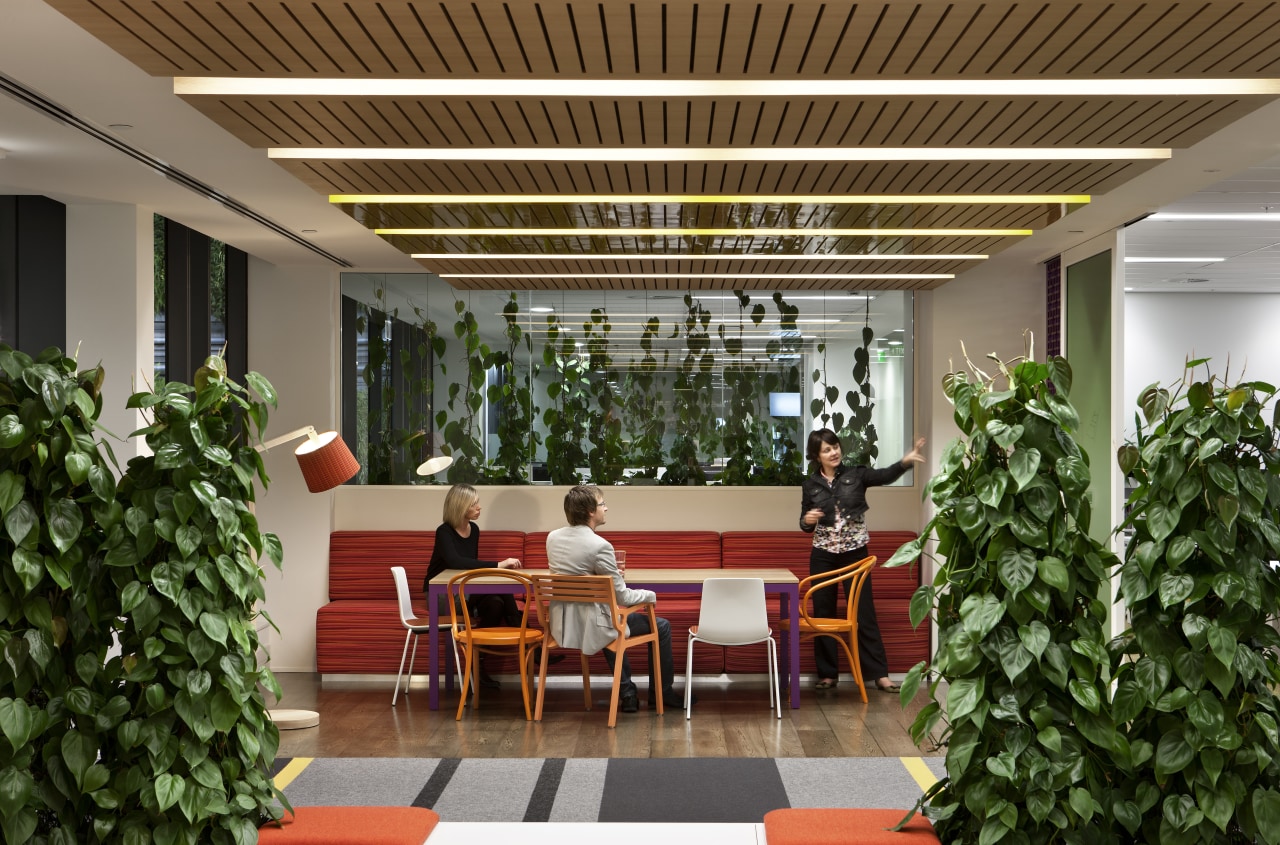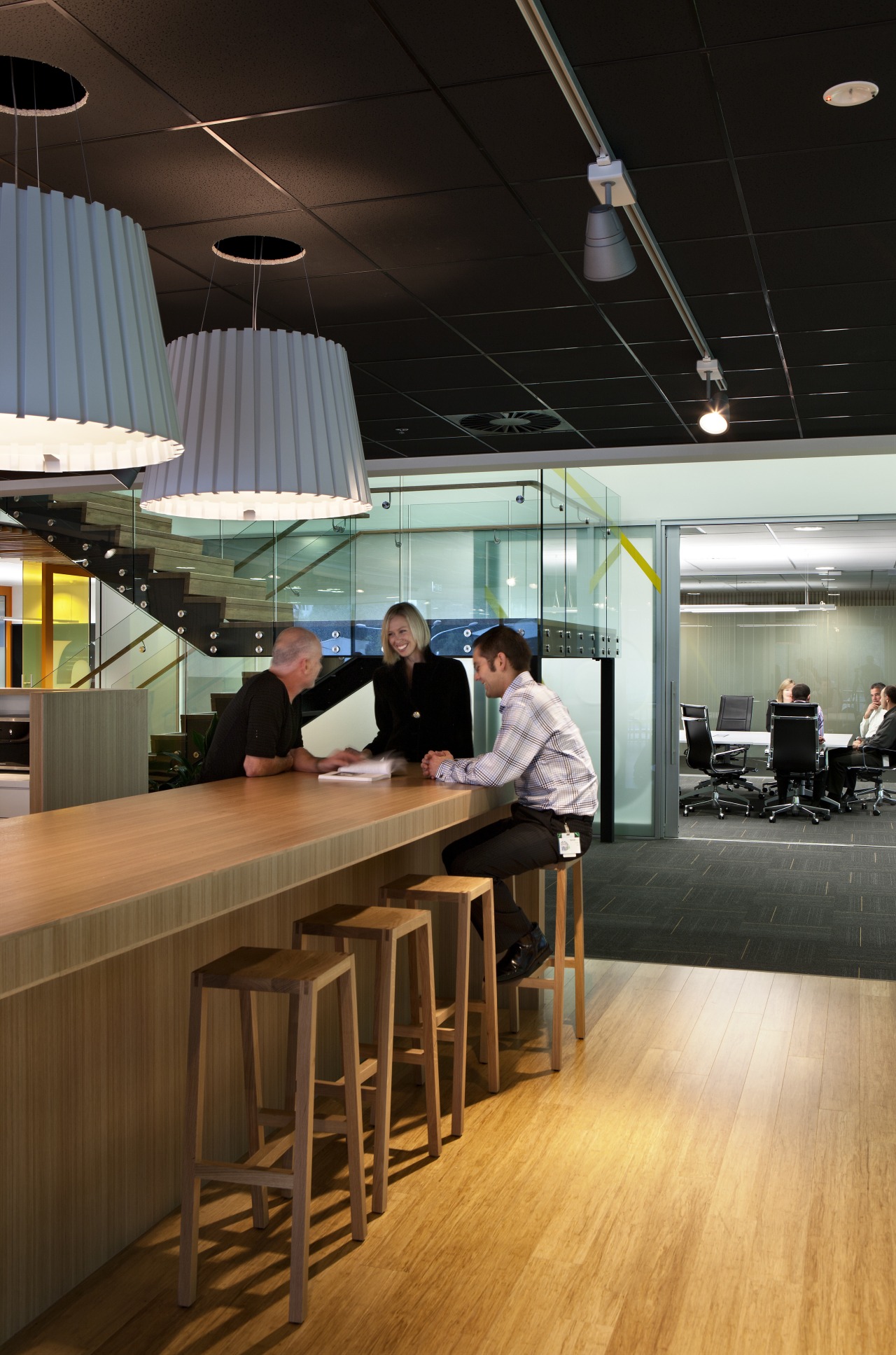Dr Donna Wheatley, Warren and Mahoney on collaborative hubs and activity-based working
Activity-based workplace transforming workplace design says leading workplace researcher, with collaborative hubs and quiet spaces imperative.

Technology has changed the way we work, and where we can work, with more and more people choosing to work remotely. But is the idea of the office becoming obsolete?
Research suggests otherwise. We know humans are social animals. People want to work in close proximity to other people, to brainstorm and share ideas, to form friendships, and create a sense of group identity. And for most businesses, the knowledge-sharing and new ideas that result from these interactions are hugely important.
Workplace design has changed immensely over the past few years, and will continue to do so. The biggest change will be the focus on people, on their behaviours and preferences. We are learning how to value a person's experience and how to make their work environment better. We're questioning what the traditional notion of the workplace is, and we're on the cusp of what it might be.
For me, the future of the workplace will be socially driven. I predict work hubs are the way forward. By hubs, I mean collaborative spaces where people can connect in a social and creative way. These spaces have the flexibility to adapt to different needs and activities.
A hub can also exude a sense of brand identity for an organisation a concept that was seeded in my PhD Branded Spaces'. The idea is compelling it is still somewhat abstract but it's where we could be in the near future.
Design driven by freedom of choice
A hub may resemble one big cafe, airport lounge, modern library, or a student space at a university. And that's a good analogy. Students today could easily study at home, but increasingly they come onto the campus every day to work in a variety of different spaces where they can complete group work and be near other people, or work by themselves away from distractions. This is how young people are already working, so we need to prepare for the time when they enter the workplace. How long are we going to be able to chain them down to one desk five days a week? Allowing freedom, choice and independence is essential.

The design of the space is especially important in optimising all the different ways people work. At the moment many workplaces simply provide opportunities to sit at computers. But with the rise of flexible working, workplaces need to be sticky'; they need to help people to work to their best potential by offering better opportunities for collaborating and concentrating than anywhere else.
Activity-based workplace
To tailor a workplace that will let people reach their full potential, first we need to recognise that every employee undertakes different activities. In any single day people may write emails, attend meetings, write reports, work in teams and brainstorm with colleagues. Creating an ideal workplace design is about understanding all those activities and shaping spaces to meet those different needs.
This is the activity-based workplace. It gives people the freedom to move to spaces optimised to suit different tasks. People no longer need to remain in the same set place.
With an activity-based workplace, an employee can come in and choose the space where they feel they would work best on that particular day. Providing this choice will likely increase their productivity when they can work where and with whom they need to, they will feel more satisfied, having had valuable interactions and a more productive day.
In a nutshell, the activity-based workplace is a significant change in how we think, how we understand requirements, and how we design the workplace. It is exciting to see that New Zealand and Australian businesses are leading this global change the rest of the world is looking to see how this model is working.
How will business change?

By moving around the workplace, people get to know each other better. I have undertaken post-occupancy evaluations for these types of environments, and this has been the most significant outcome. There is a better connection across different departments and teams. People are interacting with a much wider group of colleagues, not just those at surrounding desks. This is hugely important for business, not just for employee wellbeing, but also to generate new ideas.
It is also good for businesses during economic fluctuations. Activity-based workplaces can flex with changing employee numbers, because it's possible to fit more or fewer people within the same space without any or very little cost. Commercial real estate is expensive and long term, so the less impact staffing fluctuations have on real estate needs, the better.
Will such flexibility work for everybody?
Some people like to take ownership of their space, so some companies could provide a middle ground. A business might create a workplace that offers a great deal of choice, but also allows people to work in one space at any time. We call this the hybrid model. People still have a home base, a place to put a bag, but rather than a large, L-shaped workstation, it would be a smaller desk.
But there would also be other places to work. A business could provide quiet rooms, where people can close the doors and write a report, or have a private phone conversation with a client without interruption or being overheard. And there might also be collaborative tables and video conferencing areas. Many businesses are attracted to this model.
The reality is that every business is different. So there is no one right model for everyone it's about tailoring the workplace for each organisation. In doing so, the final workplace will be a lot more responsive. It will help support corporate objectives, and lead to increased job satisfaction, productivity and creativity. That's the difference a great workplace design can make.
Story by: Trendsideas
Home kitchen bathroom commercial design
Nature infused
Light-filled and harmonious
Cottagy entwines contemporary
Commercial Design Trends Vol. 31/3
Commercial Design Trends is aimed at our professional readers, and showcases commercial buildings. The book features reg...
Read More



